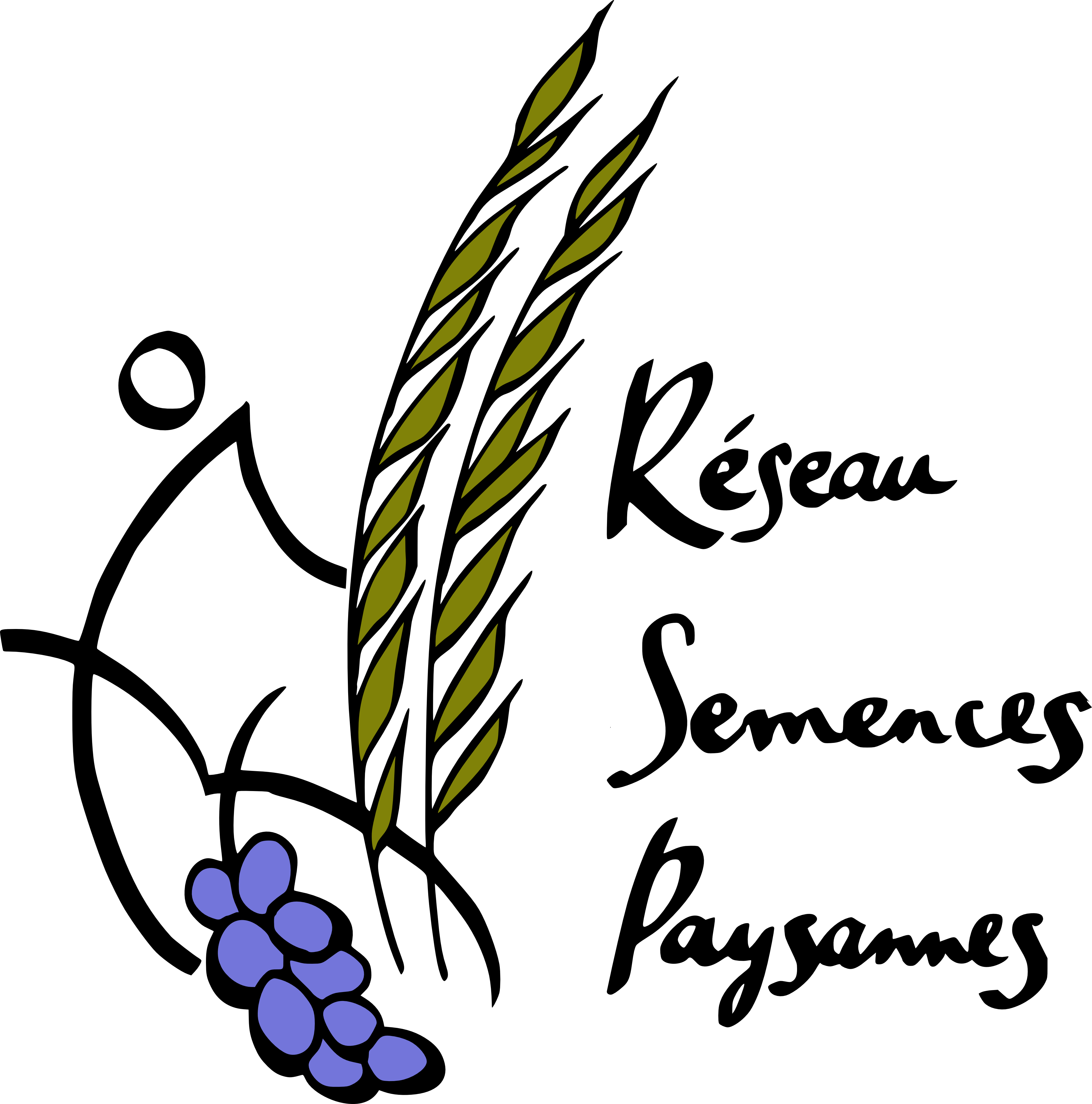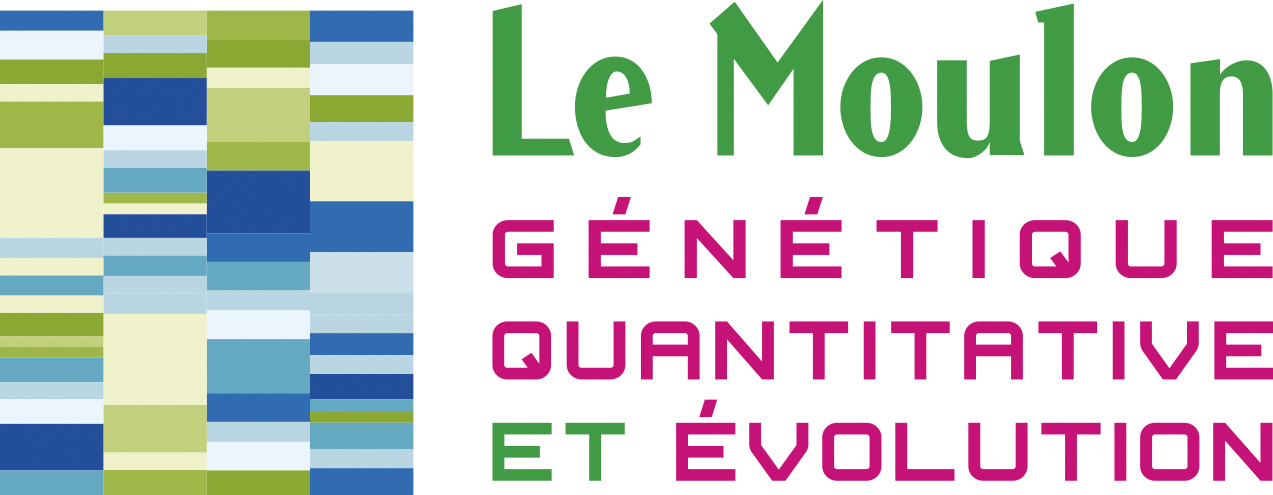Authors and contributors of PPBstats and the book
Pierre Rivière1 coordinated the package development, wrote the R functions and the present book
Gaelle Van Frank2 tested the package and updated the code regarding sections 3.6.3, 3.6.4, 3.5.6, 3.6.5, 3.8.2.2, 3.8.2.3 and 3.8.3
Baptiste Rouger2 tested the package, updated and wrote code regarding sections 3.8.2.2 and 3.8.2.3.
Olivier David3 wrote the JAGS code and reviewed the R code and the book regarding sections 3.5.6, 3.6.5, 3.5.6 and 3.8.3.
Facundo Muñoz4 reformated and improved all the code regarding S3 methods, format figures with Tikz, improve section regarding contributions.
Camille Vindras5 wrote text to present method description in sensory analysis in section 4.
Mathieu Thomas6,7 proposed the data format as well as the descriptive analysis regarding network section 2.
Isabelle Goldringer2 reviewed and improved all the text of the book
1 Réseau Semences Paysannes, 3 avenue de la gare, F-47190 Aiguillon, France
 Le Réseau Semences Paysannes (the French Farmers’ Seeds Network (RSP)), created in 2003, brings together a great diversity of collectives and people who preserve farmers’ seeds in fields, orchards, vineyards and gardens. They are involved in supporting the consolidation of local initiatives to maintain and renew cultivated biodiversity through Community Seeds Systems. Over 90 organizations have come together to promote and develop farmers’ seeds, and to protect farmers’ rights over their seeds.
http://www.semencespaysannes.org
Le Réseau Semences Paysannes (the French Farmers’ Seeds Network (RSP)), created in 2003, brings together a great diversity of collectives and people who preserve farmers’ seeds in fields, orchards, vineyards and gardens. They are involved in supporting the consolidation of local initiatives to maintain and renew cultivated biodiversity through Community Seeds Systems. Over 90 organizations have come together to promote and develop farmers’ seeds, and to protect farmers’ rights over their seeds.
http://www.semencespaysannes.org
2 INRA, UMR 0320, Génétique Quantitative et Evolution, Ferme du Moulon F-91190 Gif sur Yvette, France
 The Diversity, Evolution and Adaptation of Populations (DEAP) team led by Isabelle Goldringer is part of INRA UMR 0320 Quantitative Genetic and Evolution.
Its work is based on the analysis of the genetic and evolutionary mechanisms underlying evolution and adaptation of crop populations.
DEAP develops strategies for on farm management of crop genetic diversity and
for plant breeding (evolutionary and/or participatory) adated to organic and low input agriculture.
Assessing the benefits of in-field genetic diversity (variety mixtures, populations) and designing
/ breeding optimized mixtures adapted to local conditions are also key research objectives.
http://moulon.inra.fr/index.php/en/team/deap
The Diversity, Evolution and Adaptation of Populations (DEAP) team led by Isabelle Goldringer is part of INRA UMR 0320 Quantitative Genetic and Evolution.
Its work is based on the analysis of the genetic and evolutionary mechanisms underlying evolution and adaptation of crop populations.
DEAP develops strategies for on farm management of crop genetic diversity and
for plant breeding (evolutionary and/or participatory) adated to organic and low input agriculture.
Assessing the benefits of in-field genetic diversity (variety mixtures, populations) and designing
/ breeding optimized mixtures adapted to local conditions are also key research objectives.
http://moulon.inra.fr/index.php/en/team/deap
3 INRA, UR 1404 Unité Mathématiques et Informatique Appliquées du Génome à l’Environnement, F-78352 Jouy-en-Josas, France
 The INRA UR1404 MaIAGE research laboratory gathers mathematicians, computer scientists, bioinformaticians and biologists to tackle problems coming from biology, agronomy and ecology; The addressed questions may concern processes at very different levels: molecular, cellular or multicellular, individual, populations, ecosystems oy landscapes.
MaIAGE develops original methods in mathematics, statistics and computer science which are generic or driven by specific biological problems. A particular attention is paid to develop and make available softwares, databases, ontologies and web services so that biologists can use them easily to analyze their data or to mine the scientific literature.
http://maiage.jouy.inra.fr/?q=en/home
The INRA UR1404 MaIAGE research laboratory gathers mathematicians, computer scientists, bioinformaticians and biologists to tackle problems coming from biology, agronomy and ecology; The addressed questions may concern processes at very different levels: molecular, cellular or multicellular, individual, populations, ecosystems oy landscapes.
MaIAGE develops original methods in mathematics, statistics and computer science which are generic or driven by specific biological problems. A particular attention is paid to develop and make available softwares, databases, ontologies and web services so that biologists can use them easily to analyze their data or to mine the scientific literature.
http://maiage.jouy.inra.fr/?q=en/home
4 INRA, Centre Val de Loire, Unité Amélioration, Génétique et Physiologie Forestières, F-45075 Orléans, France
5 ITAB, Ferme Expérimentale, 2485 Route des Pécolets, F-26800 Etoile-sur-Rhône, France
6 CIRAD, UMR AGAP, F-34398 Montpellier, France
7 AGAP, Univ Montpellier, CIRAD, INRA, Montpellier SupAgro, Montpellier, France